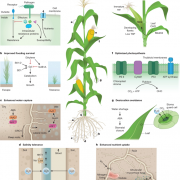
Review: Genetic strategies for improving crop yields (Nature)
Plant Science Research WeeklySimply put, as food demand increases due to population growth and increased affluence, crop yields are likely to decrease due to the changing climate. Plant scientists will be familiar with many research avenues that aim to address this disconnect, ranging from increasing crop resilience to abiotic stresses,…
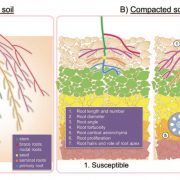
Review: Soil compaction and the architectural plasticity of root systems (J Exp Bot)
Plant Science Research WeeklyRoot system architecture (RSA) describes the spatial arrangement of root components within the soil. RSA is useful to understand the exploration of the plant to get nutrients and water through the soil space. In a new review, Correa et al. discuss RSA plasticity in response to soil compaction, which…
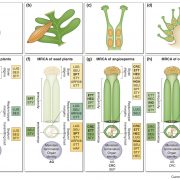
Review: An evolutionary history of genes controlling carpel development (COPB)
Plant Science Research WeeklyCarpels, the female reproductive structures in angiosperms, are the most complex organs in plants. Most of the current knowledge about the molecular mechanism underlying carpel development derives from Arabidopsis. In a new review, Becker summarizes recent studies about the reconstruction of ancestral…
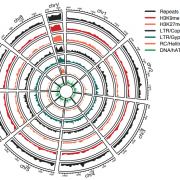
New insights into Marchantia polymorpha genome
Plant Science Research WeeklySince the publication of the Marchantia polymorpha genome in 2017, a big update was necessary. In the past week, two groups published on improving Marchantia chromosome assembly following different experimental approaches. Diop et al. made a high-density linkage map using genetic markers obtained by…
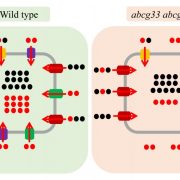
ATP binding cassette proteins ABCG37 and ABCG33 are required for potassium-independent cesium uptake in Arabidopsis roots (bioRxiv)
Plant Science Research WeeklyPotassium is one of the major nutrients for plant growth and development. Plants have a well-studied potassium uptake system mediated by transporters and ion channels. Unfortunately, due to the chemical similarity of potassium and cesium, which is toxic for plant growth, cesium is able to to get into…
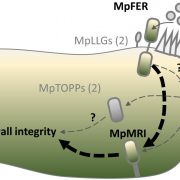
A conserved signaling module controls tip growth in liverwort and Arabidopsis (Curr. Biol).
Plant Science Research WeeklyPlants have evolved with rooting cells to anchor them to the land and uptake nutrients efficiently. Growth of root hairs in seed plants or rhizoids in early diverging plants both rely on tip growth, which requires a coordination of wall loosening and deposition of wall materials with cell expansion in…
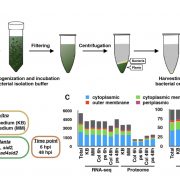
Understanding pathogenic bacterial gene expression in planta is essential to understand plant pathology (bioRxiv)
Plant Science Research WeeklyHow exactly does the plant defense system target pathogens? Nobori et al. have analyzed interactions inside the plant between the foliar bacterial pathogen Pseudomonas syringae and Arabidopsis thaliana at transcriptomic and proteomic levels by using RNAseq and liquid chromatography mass spectrometry…
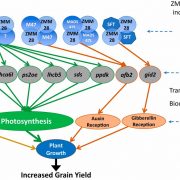
Overexpression of zmm28 increases maize grain yield in the field (PNAS)
Plant Science Research WeeklyThis study, from scientists at Corteva Agriscience, demonstrates a yield boost in transgenic maize overexpressing a gene encoding a transcription factor. Expression of zmm28, a maize MADS-box transcription factor gene, is elevated through fusion to a maize GOS2 promoter, which provides moderate, constitutive…
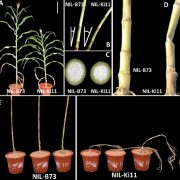
A large transposon insertion in the stiff1 promoter increases stalk strength in maize (Plant Cell)
Plant Science Research WeeklyWe all know the importance of staying upright, especially for our grass crops. Here, Zhang et al. identified a gene underlying a large-effect quantitative trait locus that confers stiff stalks, so prevents lodging. They show that the stiff-stock allele carries a large transposon that strongly represses…

